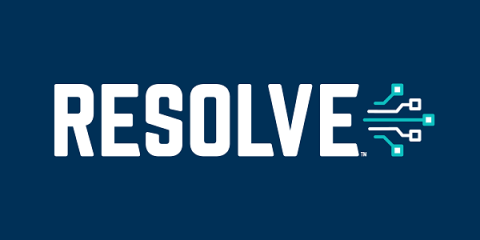The Power of Structured Logging: Why It Matters in Modern Development
Structured logging has emerged as a crucial aspect of modern application development and monitoring. Unlike traditional logging, structured logging organizes log data into a defined format, often in JSON or XML, making it easier to parse, search, and analyse. This practice simplifies troubleshooting, enhances observability, and supports seamless integration with monitoring tools.











